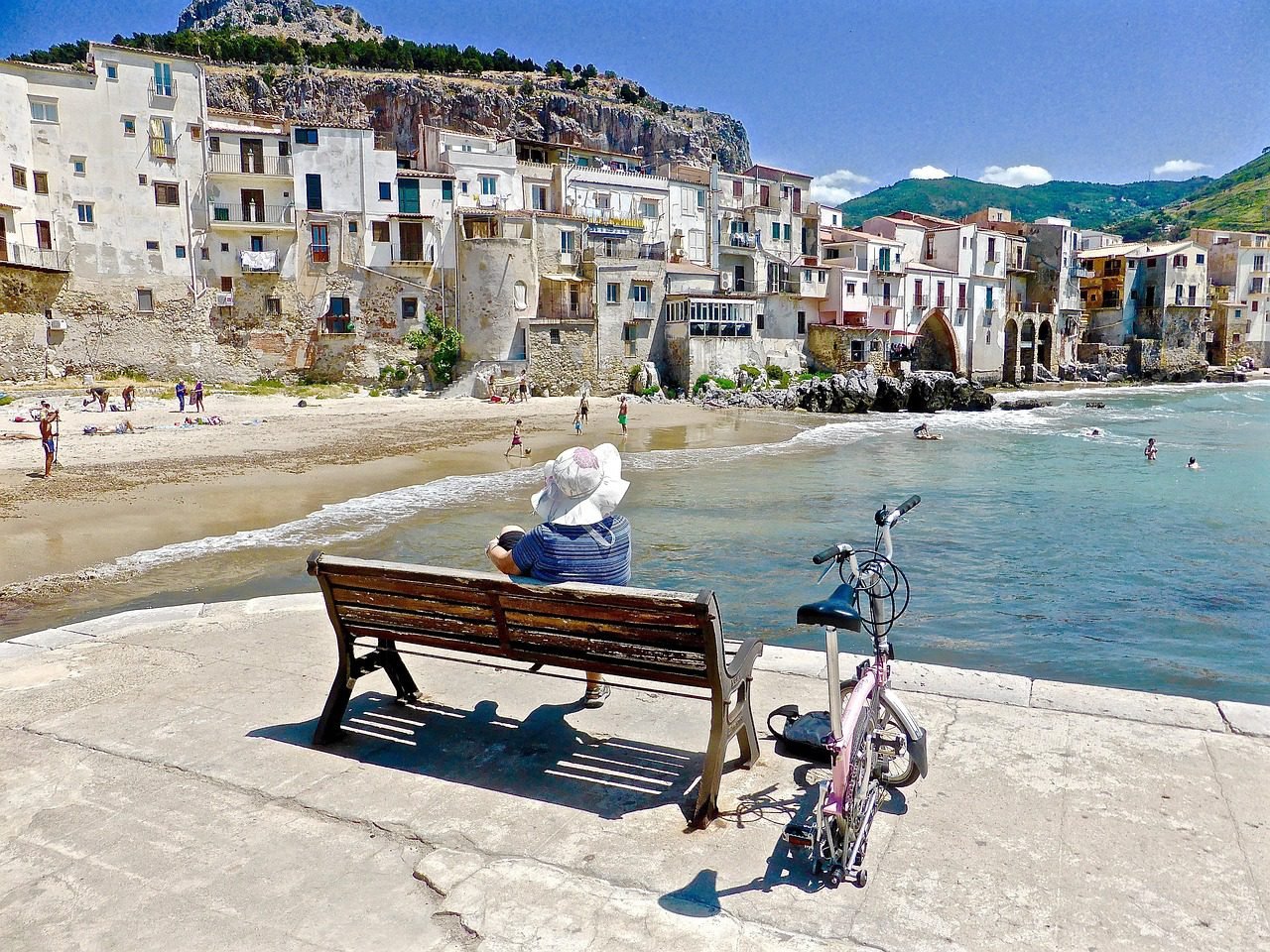Best Places to Travel in Spain 2025: Discover top destinations
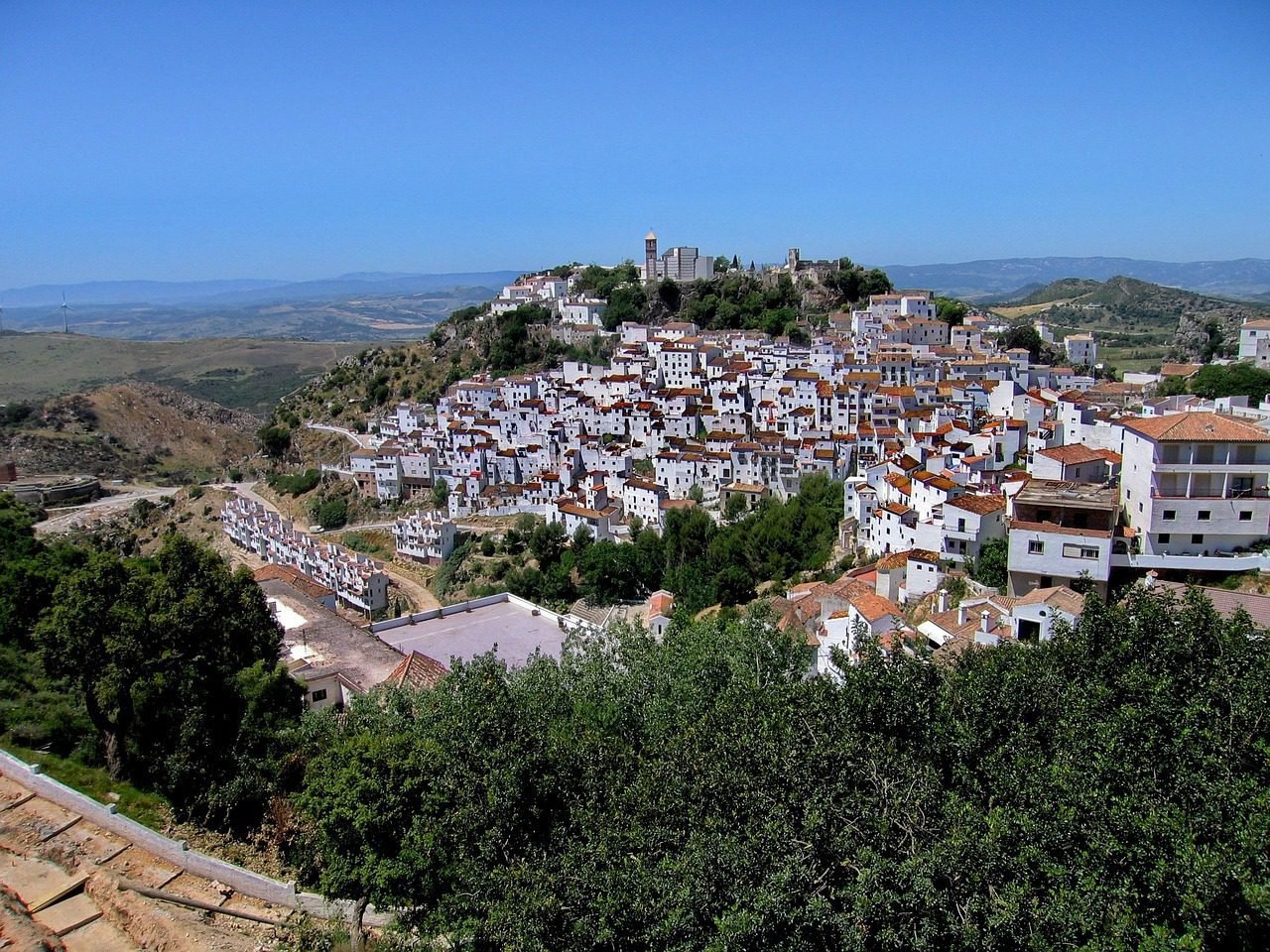
Picture yourself strolling through sun-drenched plazas where the aroma of freshly prepared tapas mingles with the sound of flamenco guitars, or standing in awe before architectural masterpieces that have captivated travelers for centuries. Spain isn’t just a destination—it’s an experience that awakens all your senses and leaves you planning your return before you’ve even left.
This comprehensive guide will help you navigate the Best Places to Travel in Spain for first-timers and seasoned travelers alike, ensuring your 2025 Spanish adventure is nothing short of extraordinary.
Historical Record!
As we step into 2025, Spain continues to enchant millions of visitors with its perfect blend of rich history, vibrant culture, stunning landscapes, and world-renowned cuisine.
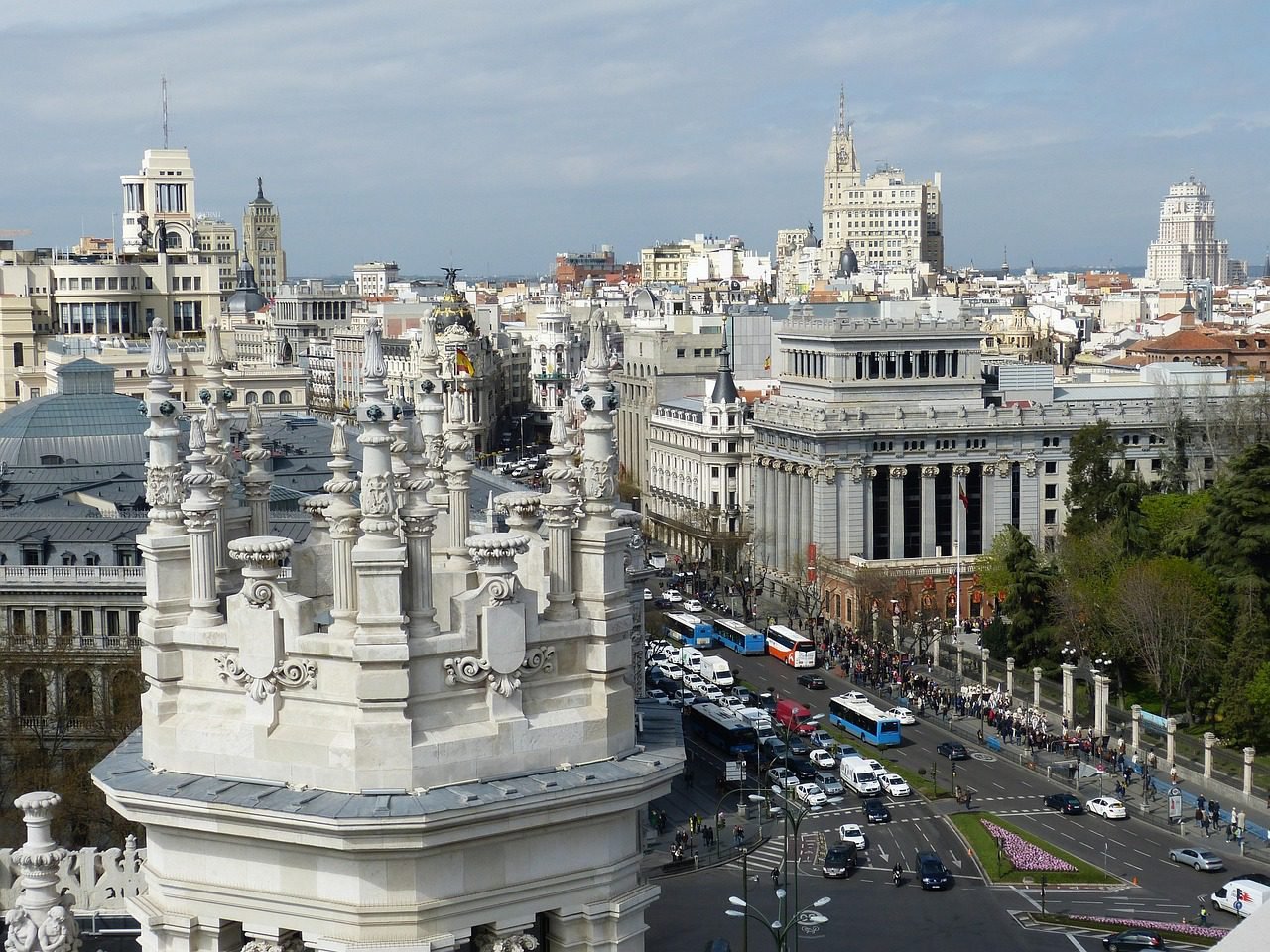
Whether you’re seeking the cosmopolitan energy of Madrid and Barcelona, the sun-soaked beaches of the Costa del Sol, or the hidden gems tucked away in charming medieval towns, Spain offers something magical for every type of traveler.
With tourism numbers reaching record highs in 2025, having already welcomed 17 million visitors in just the first quarter—a 5.7% increase from the previous year—Spain remains one of Europe’s most beloved destinations.
What Are the Best Places to Visit in Spain?
Spain’s diversity is perhaps its greatest asset. From the snow-capped Pyrenees in the north to the sun-baked beaches of Andalusia in the south, the country offers an incredible variety of experiences within relatively short distances.
The beauty of Spain lies not just in its famous destinations, but in how each region maintains its distinct character, cuisine, and cultural traditions.
Top Spain Attractions in 2025
According to travel experts and recent visitor data, the most sought-after destinations in Spain continue to be a mix of iconic cities and emerging hotspots.
The unique places to visit in Spain range from UNESCO World Heritage sites to vibrant coastal towns that have become Instagram sensations.
Madrid remains the cultural heartbeat of the country, offering world-class museums, royal palaces, and an unmatched nightlife scene. Barcelona continues to dazzle with Gaudí’s architectural wonders and its distinctive Catalan culture.
However, 2025 has also seen increased interest in lesser-known gems like Bilbao, with its cutting-edge Guggenheim Museum, and San Sebastian, renowned for its Michelin-starred restaurants and pristine beaches.
Must-See Cities in Spain: Madrid and Barcelona
Madrid: The Royal Capital
Your journey through Spain’s top cities to visit inevitably begins with Madrid, a city that perfectly balances its royal heritage with modern dynamism, making it a highlight of any Spain travel guide.

The Spanish capital offers an intoxicating mix of art, architecture, and authentic Spanish culture that makes it essential for any Spain bucket list.
The Royal Palace stands as one of the most magnificent royal residences in Europe, with over 3,400 rooms showcasing centuries of Spanish history.
Just a short walk away, the Prado Museum houses one of the world’s finest collections of European art, featuring masterpieces by Velázquez, Goya, and El Greco that will leave art enthusiasts spellbound.
One traveler, Maria from California, shared her experience: “I thought I’d need just a day for Madrid, but I ended up extending my stay to a week.
The energy in the city is infectious—from the early morning in Retiro Park to the late-night tapas tours through La Latina neighborhood.”
Barcelona: Gaudí’s Playground
Barcelona represents everything unique about Catalonia—its own language, distinctive architecture, and a rebellious spirit that permeates everything from its street art to its innovative cuisine.
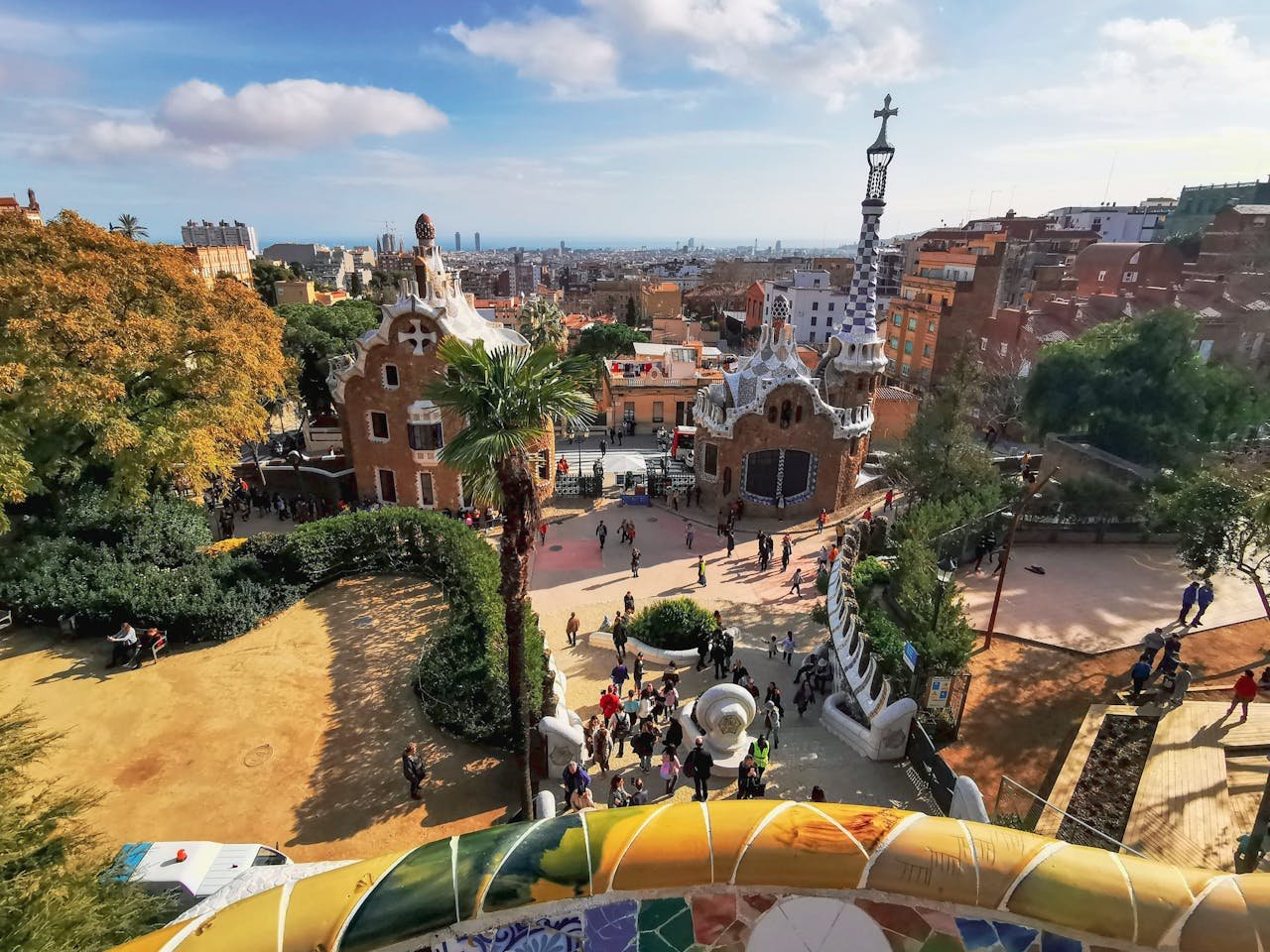
The city’s crown jewel, the Sagrada Familia, continues to near completion with an anticipated finish date in the late 2020s, making 2025 an ideal time to witness this architectural wonder in its near-final form.
Park Güell offers Instagram-worthy views over the city while showcasing Gaudí’s whimsical design philosophy.
The Gothic Quarter provides a stark contrast with its medieval streets and hidden plazas, where you can discover centuries-old buildings housing trendy boutiques and cozy cafés.
Hidden Gems and Small Towns to Explore
While the major cities capture headlines, Spain’s true magic often lies in its smaller destinations. These famous places to go in Spain offer authentic experiences away from the crowds:
Ronda, Andalusia: This dramatic clifftop town splits dramatically across a deep gorge, offering breathtaking views and Spain’s oldest bullring.

Cuenca, Castilla-La Mancha: Famous for its “hanging houses” that seemingly defy gravity as they cling to cliff edges.
Girona, CataloniaA perfectly preserved medieval city that Game of Thrones fans will recognize, complete with colorful houses lining the Onyar River, is a highlight of the best Spain tours.
Toledo: The former Spanish capital, known as the “City of Three Cultures” for its Christian, Jewish, and Islamic heritage.
When Is the Best Time to Visit Spain?
Timing your Spanish adventure correctly can make the difference between a good trip and an unforgettable one.
Spain’s diverse geography means that the best time to visit varies significantly depending on your chosen destinations and preferred activities.
Understanding Seasonal Weather in Spain
Travel experts consistently recommend late spring (April to May) and early autumn (September to October) as the optimal times for visiting Spain. These periods offer the perfect combination of pleasant temperatures, lighter crowds, and extended daylight hours.
Spring (March-May): Ideal for cultural exploration and hiking, with mild temperatures ranging from 15-25°C (59-77°F). This is particularly perfect for first-time visitors who want to experience multiple regions without extreme weather conditions.
Summer (June-August): Perfect for beach destinations and northern Spain, though southern cities can become uncomfortably hot. Coastal areas maintain pleasant sea breezes, while inland cities like Madrid and Seville can reach temperatures above 40°C (104°F).
Autumn (September-November): Many consider this the sweet spot, offering warm but comfortable temperatures, fewer tourists, and the beginning of harvest season in wine regions.
Winter (December-February): Excellent for southern Spain, particularly Andalusia, where temperatures remain mild. Northern regions can be rainy and cool, but this is perfect for Christmas markets and cozy city breaks.
| Season | Temperature Range | Best For | Crowds | Prices |
|---|---|---|---|---|
| Spring | 15-25°C (59-77°F) | Sightseeing, Walking tours | Moderate | Moderate |
| Summer | 25-40°C (77-104°F) | Beaches, Northern Spain | High | High |
| Autumn | 15-28°C (59-82°F) | All activities, Wine tours | Low-Moderate | Moderate |
| Winter | 8-18°C (46-64°F) | Southern Spain, Cities | Low | Low |
Festivals and Events: Timing Your Spain Travel
Spain’s festival calendar is legendary, and timing your visit around these celebrations can provide unforgettable cultural experiences. Spring and summer are particularly rich with festivities that showcase Spain’s vibrant traditions.
Holy Week (Semana Santa) in March or April offers solemn but spectacular religious processions, particularly in Seville and Málaga.

La Tomatina in Buñol (August) provides the world’s largest tomato fight, while San Fermín in Pamplona (July) features the famous running of the bulls.
For music lovers, Barcelona’s Primavera Sound and Sónar festivals in late spring and early summer attract international artists and electronic music enthusiasts from around the world.
Best Time for Beach Visits in Southern Spain
The southern coast of Spain, including the Costa del Sol and Costa de la Luz, offers excellent beach weather from May through October.
The Mediterranean Sea reaches its warmest temperatures in August and September, perfect for swimming and water sports.
However, if you prefer fewer crowds and still want to enjoy beach activities, consider visiting in May, June, or September when the weather remains warm but the summer tourist rush hasn’t reached its peak.
What Should Be Included in a Spain Itinerary?
Creating the perfect Spain travel itinerary requires balancing must-see attractions with spontaneous discoveries, cultural immersion with relaxation, and popular destinations with hidden gems.
The key is understanding that Spain rewards travelers who take time to savor experiences rather than rushing from one landmark to another.
Creating a 2025 Spain Travel Itinerary
A well-planned Spain itinerary should account for the country’s geographical diversity and regional differences. For first-time visitors, a two-week journey typically allows for a comprehensive introduction without feeling rushed.
Week 1: Classic Spain Triangle
- Days 1-4: Madrid (Royal Palace, Prado Museum, Retiro Park, day trip to Toledo)
- Days 5-7: Seville (Cathedral, Alcázar, flamenco shows, Barrio Santa Cruz)
Week 2: Catalonia and Mediterranean Coast
- Days 8-11: Barcelona (Sagrada Familia, Park Güell, Gothic Quarter, beach time)
- Days 12-14: Valencia or Granada (depending on preferences)
For visitors with more time, extending the itinerary to include northern Spain’s Basque Country, the pilgrimage route to Santiago de Compostela, or the Balearic Islands creates an even richer experience.
Walking Tours: Exploring the Cities in Spain
Walking tours have become increasingly popular as they offer intimate perspectives on Spanish cities that you simply can’t get from bus tours or solo exploration.
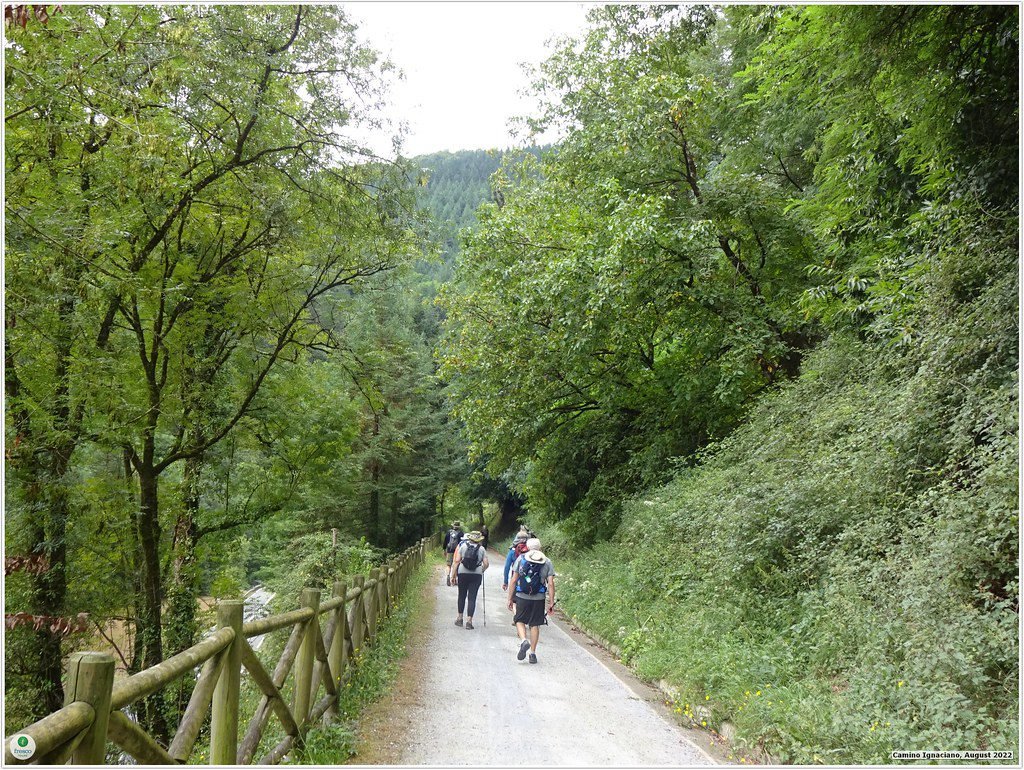
Most major Spanish cities now offer free walking tours led by local guides who share insider knowledge and hidden stories.
In Madrid, themed walking tours focus on everything from the Spanish Civil War to literary Madrid, following in the footsteps of famous writers like Hemingway and Lorca.
Barcelona’s walking tours excel at explaining Gaudí’s influence on the city while revealing hidden courtyards and local neighborhood gems.
James, a travel blogger from Australia, noted: “The walking tour in Seville’s Jewish Quarter opened my eyes to layers of history I never would have discovered on my own.
Our guide showed us hidden patios and explained the Islamic influence on Spanish architecture in ways that made the city come alive.”
Balancing Cultural Tours and Relaxation
Spain’s appeal lies in its ability to satisfy both culture enthusiasts and those seeking relaxation. The best Spain travel recommendations always include a mix of intense cultural exploration and leisurely enjoyment of Spanish lifestyle.
Consider dedicating mornings to major attractions when they’re less crowded and temperatures are cooler, then embracing the Spanish siesta culture with afternoon breaks in parks or cafés.
Evenings are perfect for the paseo (evening stroll) and experiencing Spain’s legendary nightlife, which often doesn’t begin until after 10 PM.
What Are the Top Attractions in Major Cities?
Spain’s major cities each offer distinct personalities and must-see attractions that have captivated travelers for generations. Understanding what makes each city special helps you prioritize your time and create meaningful connections with Spanish culture.
Exploring Madrid: Royal Palace and Prado Museum
Madrid’s grandeur reveals itself gradually, from the imposing architecture of the Royal Palace to the artistic treasures housed in its world-class museums.
The city serves as Spain’s political and cultural center, offering visitors a comprehensive introduction to Spanish history and contemporary life.
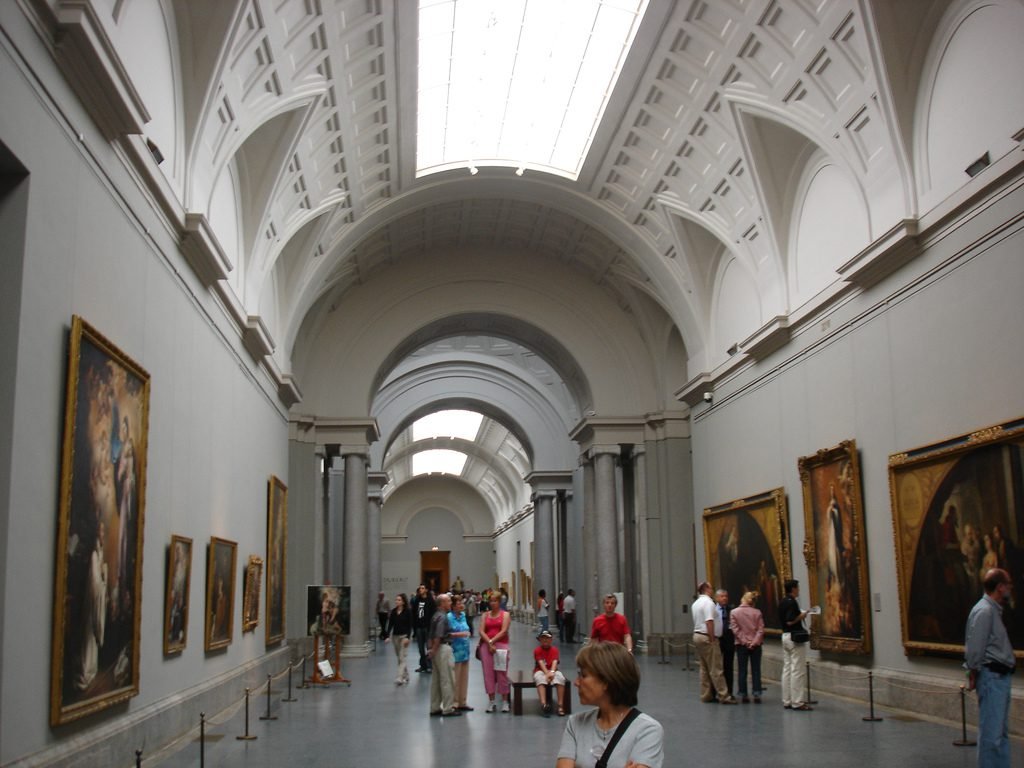
The Royal Palace stands as one of Europe’s most opulent royal residences, though it’s no longer the primary royal residence.
With over 3,400 rooms, the palace showcases everything from original Stradivarius violins to elaborate throne rooms adorned with frescoes by master painters.
The palace’s armory contains one of the world’s finest collections of medieval weapons and armor.
The Prado Museum houses Spain’s national art collection, featuring works that span from the 12th to early 20th centuries. The museum’s Spanish masters collection, including Velázquez’s Las Meninas and Goya’s dark paintings, provides insight into Spain’s artistic soul.
Plan at least half a day here, and consider booking a guided tour to fully appreciate the historical context of the masterpieces.
Beyond the Famous Sites: Madrid’s charm also lies in its neighborhoods. The Malasaña district offers vintage shopping and alternative culture, while Chueca provides excellent restaurants and nightlife.
The Sunday flea market at El Rastro has been operating for over 400 years and offers everything from antiques to handmade crafts.
Barcelona Highlights: Sagrada Familia and Park Güell
Barcelona’s unique identity stems from its Catalan culture and Antoni Gaudí’s architectural vision that transformed the cityscape into something resembling a fairytale.
The city successfully balances its historical Gothic Quarter with modernist architecture and contemporary design.
The Sagrada Familia continues to be the most visited monument in Spain, and for good reason. Gaudí’s unfinished masterpiece combines Gothic and Art Nouveau forms with a vision so unique it defies architectural categorization.

The interior, completed in 2010, creates a forest-like atmosphere with columns resembling tree trunks and light filtering through colorful stained glass windows.
Pro tip: Book tickets in advance and consider the audio guide, which explains Gaudí’s symbolism and the ongoing construction process. The facade climbing experience offers spectacular views over Barcelona.
Park Güell showcases Gaudí’s playful side with its colorful mosaics, serpentine benches, and whimsical structures. Originally designed as a housing development for Barcelona’s wealthy, it now serves as a public park offering panoramic views over the city and Mediterranean Sea.
The Gothic Quarter provides a stark contrast to Gaudí’s modernism, with narrow medieval streets hiding Roman ruins, centuries-old churches, and trendy bars. The area around the Cathedral creates a atmospheric maze perfect for getting lost and discovering hidden plazas.
Seville’s Flamenco and Islamic Architecture
Seville embodies the romantic image of Spain that many travelers carry in their imagination—passionate flamenco dancing, orange trees lining cobblestone streets, and architecture that reflects eight centuries of Islamic rule. The city serves as the capital of Andalusia and the heart of Spanish flamenco culture.
The Seville Cathedral claims to be the largest Gothic cathedral in the world and houses Christopher Columbus’s tomb.
The attached Giralda tower, originally a Islamic minaret, offers panoramic views over the city’s red-tile rooftops.
The Real Alcázar represents one of Spain’s finest examples of Mudéjar architecture, with intricate tilework, peaceful courtyards, and gardens that inspired the Water Gardens of Dorne in Game of Thrones.
The palace complex demonstrates the sophisticated blend of Islamic, Christian, and Jewish influences that characterizes Andalusian culture.
Experiencing Authentic Flamenco: While tourist flamenco shows abound, seek out authentic peñas (flamenco clubs) in the Triana neighborhood where locals gather for spontaneous performances.
Casa de la Memoria and Los Gallos offer more intimate settings than larger venues.
Sarah, a music teacher from New York, described her Seville experience: “I thought flamenco was just dramatic dancing, but watching authentic performances in small venues made me understand it’s a deeply emotional art form that tells stories of love, loss, and resilience.”
What Unique Experiences Does Spain Offer?
Spain’s unique experiences extend far beyond its famous landmarks, offering travelers opportunities to engage with centuries-old traditions, spiritual journeys, and culinary adventures that create lasting memories.
These authentic experiences often become the most treasured aspects of any Spanish journey.
Discovering Santiago de Compostela and the Camino de Santiago
The Camino de Santiago represents one of the world’s most significant pilgrimage routes, attracting spiritual seekers, history enthusiasts, and adventure travelers from around the globe.
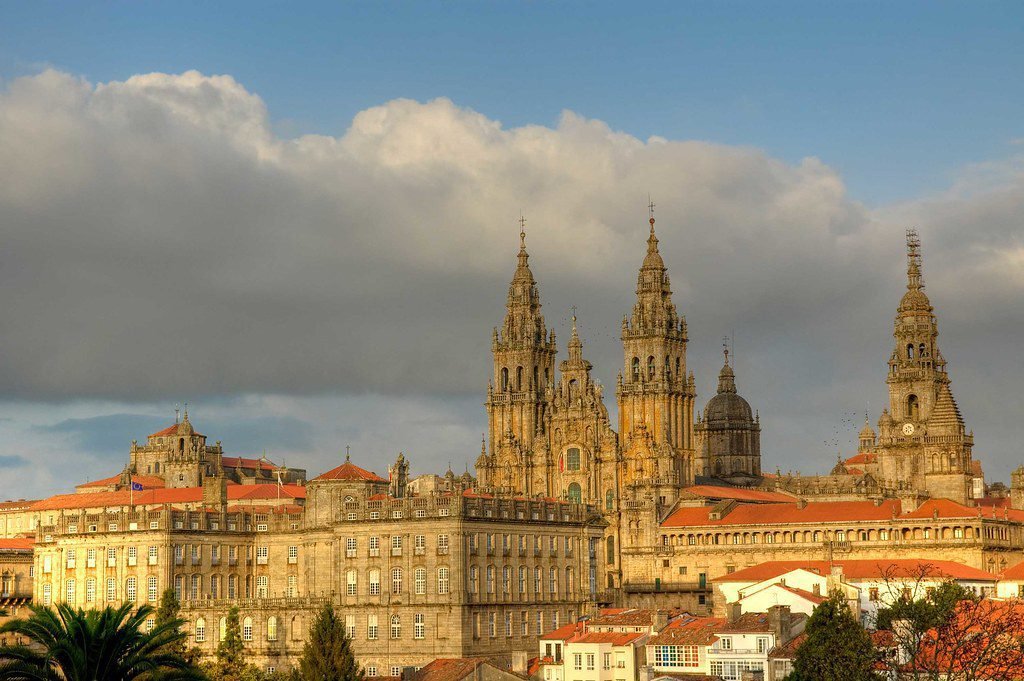
The ancient pilgrimage network consists of multiple routes converging on Santiago de Compostela in northwestern Spain, where tradition holds that the apostle St. James is buried.
The Pilgrimage Experience: While completing the full Camino typically requires 4-6 weeks of walking, many travelers choose to walk shorter sections to experience the route’s magic.
The final 100 kilometers from Sarria to Santiago de Compostela can be completed in about a week and still qualifies pilgrims for the official Compostela certificate.
The journey offers more than physical challenge—it provides opportunities for reflection, cultural exchange with fellow pilgrims from around the world, and immersion in rural Spanish culture.
Along the route, ancient churches, medieval bridges, and traditional albergues (pilgrim hostels) create a unique travel experience that connects modern travelers with centuries of history.
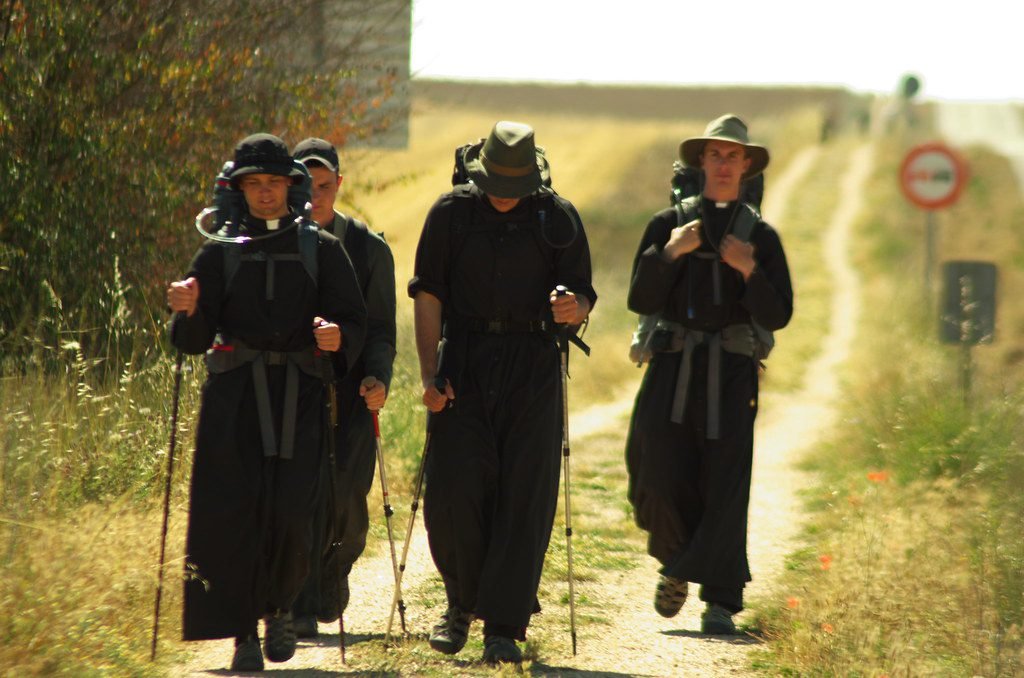
Santiago de Compostela itself rewards visitors with one of Spain’s most beautiful historic centers, designated as a UNESCO World Heritage site.
The Cathedral’s ornate Baroque facade conceals a Romanesque interior, while the surrounding streets offer excellent Galician cuisine, including the region’s famous seafood and Albariño wines.
Enjoying Tapas and Local Cuisine in Spain
Spanish cuisine extends far beyond the typical tapas most tourists encounter, representing a sophisticated culinary tradition that varies dramatically between regions.
Understanding and experiencing authentic Spanish food culture becomes one of the most rewarding aspects of any Spanish journey.
Regional Culinary Specialties:
- Andalusia: Gazpacho, jamón ibérico, and sherry wines
- Catalonia: Pa amb tomàquet, crema catalana, and cava sparkling wine
- Basque Country: Pintxos, bacalao al pil pil, and txakoli wine
- Galicia: Pulpo a la gallega, empanadas, and Albariño wine
- Valencia: Authentic paella (never served with chorizo!)
The Art of Tapas Culture: True tapas culture involves more than just small plates—it’s a social ritual that brings communities together.
In cities like Granada, tapas still come free with drinks, while in San Sebastian, pintxos (Basque tapas) represent an elevated art form with creative combinations rivaling fine dining restaurants.

Marco, a chef from Italy, shared his insight: “I came to Spain thinking I understood Mediterranean cuisine, but each region surprised me with unique flavors and techniques.
The jamón ibérico in Extremadura was unlike anything I’d tasted, and watching paella being prepared in Valencia taught me that authenticity matters more than innovation.”
Food Market Adventures: Spain’s food markets offer immersive cultural experiences alongside exceptional ingredients.
Barcelona’s Boquería Market, Madrid’s Mercado de San Miguel, and Seville’s Mercado de Triana provide opportunities to taste regional specialties while observing daily Spanish life.
Exploring UNESCO World Heritage Sites in Spain
Spain boasts 49 UNESCO World Heritage sites, more than any country except Italy and China. These sites represent the country’s incredible historical depth and cultural diversity, from prehistoric cave paintings to Islamic palaces and Christian cathedrals.
Must-Visit World Heritage Sites:
The Alhambra, Granada: This Islamic palace complex represents the pinnacle of Islamic architecture in Europe.

The intricate geometric patterns, peaceful courtyards, and sophisticated water features demonstrate the advanced civilization that flourished in medieval Spain.
Historic City of Toledo: Known as the “City of Three Cultures,” Toledo preserves evidence of Christian, Jewish, and Islamic coexistence. The city’s skyline, unchanged for centuries, creates a living museum of Spanish history.
Sagrada Familia, Barcelona: Gaudí’s unfinished masterpiece received UNESCO recognition for its revolutionary approach to religious architecture, combining Gothic and Art Nouveau forms with natural inspiration.
Camino de Santiago Routes: The pilgrimage routes themselves hold UNESCO status, recognizing their role in cultural exchange and European unification throughout the medieval period.
Cave of Altamira: These prehistoric caves contain some of Europe’s finest paleolithic art, earning the nickname “Sistine Chapel of Prehistoric Art.”
How to Plan a Spain Tour?
Planning an effective Spain tour requires understanding the country’s geography, transportation options, and the unique characteristics of each region.
The key to successful Spanish travel lies in balancing structured planning with flexibility to embrace spontaneous discoveries.
Booking Guided Tours vs. Self-Guided Adventures
The choice between guided tours and independent travel in Spain depends on your comfort level, interests, and travel style. Both approaches offer distinct advantages and can often be combined for an optimal experience.
Advantages of Guided Tours:
- Expert local knowledge and historical context
- Skip-the-line access to popular attractions
- Stress-free logistics and transportation
- Cultural insights you might miss independently
- Social opportunities with fellow travelers
Benefits of Self-Guided Travel:
- Flexibility to change plans spontaneously
- Opportunity to discover hidden gems
- Immersion in local culture at your own pace
- Cost savings on group tour premiums
- Personalized experiences based on your interests
Hybrid Approach: Many experienced travelers combine both methods, using guided tours for complex historical sites like the Alhambra or Prado Museum while exploring neighborhoods and smaller towns independently.
Lisa, a travel consultant from Canada, noted: “I always recommend clients book guided tours for their first day in major cities like Madrid or Barcelona. The orientation and cultural context help them make better independent choices for the rest of their stay.”
Renting a Car for a Scenic Road Trip in Northern Spain
Northern Spain offers some of Europe’s most spectacular road trip opportunities, from the rugged Atlantic coastline to the green hills of Asturias and the wine regions of Rioja.
Car rental provides access to small villages and natural areas that public transportation can’t reach.

Best Northern Spain Road Trip Routes:
The Camino Coast (Costa Verde): Follow the Atlantic coastline through Asturias and Cantabria, discovering pristine beaches, fishing villages, and the dramatic Picos de Europa mountains.
Basque Country Circuit: Explore San Sebastian’s beaches, Bilbao’s Guggenheim Museum, and charming inland villages while experiencing unique Basque culture and cuisine.
Rioja Wine Route: Wind through vine-covered hills and historic bodegas, sampling world-class wines while staying in converted monasteries and luxury wine hotels.
Practical Considerations:
- International driving permits required for non-EU residents
- Toll roads (autopistas) offer faster travel but cost more
- Parking in historic city centers can be challenging
- GPS in Spanish helps with pronunciation of place names
Travel Insurance and Travel Advisory Considerations
With Spain experiencing record tourism numbers in 2025, proper preparation becomes increasingly important for ensuring smooth travels.

Essential Travel Insurance Coverage:
- Medical emergencies and hospital stays
- Trip cancellation due to unforeseen circumstances
- Lost or stolen luggage and personal items
- Transportation delays and missed connections
- Adventure activities coverage if planning hiking or water sports
Current Travel Considerations for 2025:
- Book accommodations and major attractions well in advance
- Consider traveling during shoulder seasons to avoid crowds
- Have digital copies of important documents
- Download offline maps and translation apps
- Carry cash as some smaller establishments don’t accept cards
Health and Safety: Spain maintains excellent healthcare standards and is generally very safe for tourists. However, petty theft can occur in crowded tourist areas, particularly in Barcelona and Madrid. Common-sense precautions like securing valuables and being aware of surroundings prevent most issues.
| Travel Essential | Recommendation | Notes |
|---|---|---|
| Passport Validity | 6+ months remaining | EU citizens can use national ID |
| Travel Insurance | Comprehensive coverage | Include medical and cancellation |
| Advance Bookings | Museums, Alhambra, popular restaurants | Essential during peak season |
| Emergency Numbers | 112 (general emergency) | Works throughout EU |
| Language Apps | Spanish translation apps | Helpful in smaller towns |
The increasing popularity of Spain as a destination means that proper planning becomes more crucial each year.
However, the country’s excellent tourism infrastructure, friendly locals, and incredible diversity of experiences ensure that well-prepared travelers will create unforgettable memories.
Conclusion
Spain in 2025 continues to captivate travelers with its intoxicating blend of history, culture, cuisine, and natural beauty.
From the artistic treasures of Madrid’s Prado Museum to the architectural wonders of Barcelona’s Sagrada Familia, from the flamenco rhythms of Seville to the spiritual journey of the Camino de Santiago, Spain offers experiences that resonate long after you return home.
The key to an exceptional Spanish adventure lies in embracing the country’s diversity—understanding that each region offers unique flavors, traditions, and perspectives that contribute to the rich tapestry of Spanish culture.
Whether you’re drawn to the cosmopolitan energy of major cities, the tranquil beauty of hidden villages, the sun-soaked beaches of the Mediterranean coast, or the rugged landscapes of northern Spain, your journey will be enriched by approaching each destination with curiosity and openness.
As Spain experiences record tourism numbers, the importance of thoughtful planning increases.
However, the country’s excellent infrastructure, warm hospitality, and incredible range of experiences ensure that every traveler—from first-time visitors to Spanish enthusiasts—can create their perfect adventure.
Ready to begin your Spanish odyssey? Start by choosing your preferred season and regions, book those essential attractions in advance, and prepare to fall in love with a country that has been enchanting travelers for centuries.
Your Spanish story awaits, filled with flavors you’ll savor, sights you’ll treasure, and memories that will inspire your next return to this magnificent corner of Europe.
¡Buen viaje! (Have a good trip!)
FAQ: Best Places to Visit in Spain 2025
What cities are must-visits in Spain for 2025?
In 2025, don’t miss vibrant Barcelona for its Gaudí masterpieces, historical Madrid for its art museums, and Seville for its flamenco culture. Also, explore Bilbao for modern architecture and Valencia for its stunning City of Arts and Sciences.
How can I experience Spain’s diverse cultures?
Embrace regional festivals like La Tomatina in Buñol or Semana Santa in Seville. Each region, from Catalonia to Andalusia, has unique cuisine, traditions, and languages, offering a rich tapestry of cultural experiences.
Are there hidden gems in Spain worth visiting?
Absolutely! Discover Ronda’s dramatic cliffs, the medieval charm of Toledo, and the stunning beaches of Menorca. These places embody Spain’s essence, often with fewer crowds.
What culinary experiences should I prioritize in Spain?
Indulge in tapas in San Sebastián, savor paella in Valencia, and explore the seafood of Galicia. Don’t forget the burgeoning Michelin-star scene and local markets for fresh ingredients.
Is Spain safe for travelers in 2025?
Yes, Spain remains a safe destination. Like any country, stay vigilant in crowded areas and respect local customs. The 2025 travel landscape will prioritize tourism safety and health.
How can I travel sustainably in Spain?
Use public transportation like trains and buses, opt for eco-friendly accommodations, and support local businesses. Visit places that promote sustainable practices to ensure a positive impact.
What unique festivals can I expect in Spain in 2025?
Alongside La Tomatina, witness San Fermín in Pamplona, the Running of the Bulls, and Las Fallas in Valencia. These vibrant festivals are immersive experiences that showcase Spain’s spirit.
Why is 2025 a significant year to visit Spain?
2025 marks several cultural anniversaries and events, enhancing the travel experience. New attractions and revitalized tourism initiatives promise an exciting exploration of Spain’s history, art, and spirit.



